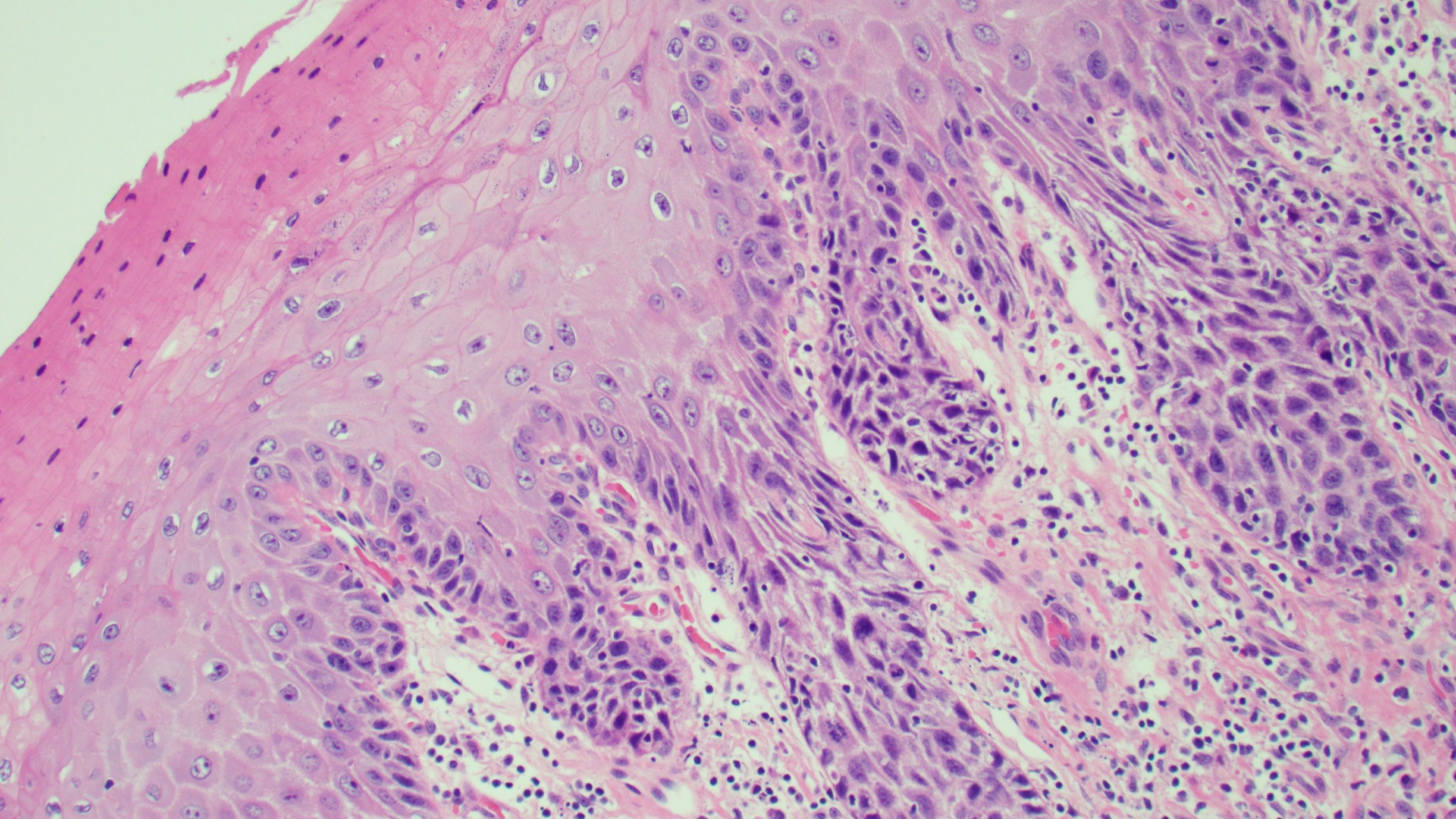by Emily Goebel, MD FRCPC
March 9, 2023
What is differentiated vulvar intraepithelial neoplasia (dVIN)?
Differentiated vulvar intraepithelial neoplasia (dVIN) is a pre-cancerous disease that develops on the vulva. It is called a pre-cancerous disease because over time it can turn into a type of vulvar cancer called squamous cell carcinoma.
What causes differentiated vulvar intraepithelial neoplasia?
Differentiated vulvar intraepithelial neoplasia (dVIN) is often associated with an inflammatory condition called lichen sclerosus. People who develop this dVIN have usually had lichen sclerosus for many years. Unlike other pre-cancerous diseases in the vulva, dVIN is not caused by human papillomavirus (HPV).
How is the diagnosis of differentiated vulvar intraepithelial neoplasia made?
The first diagnosis of dVIN is usually made after a small sample of tissue is removed in a procedure called a biopsy. A larger surgical procedure, for example, an excision or vulvectomy, may be performed later to remove the disease and look for any evidence of squamous cell carcinoma.
What does differentiated vulvar intraepithelial neoplasm look like under the microscope?
When examined under the microscope the tumour cells in dVIN look abnormal compared to the surrounding healthy squamous cells. In particular, the tumour cells are larger and the nucleus in the centre of the cell is darker. Pathologists describe these cells are hyperchromatic. The abnormal squamous cells should only be seen in a thin layer of tissue at the surface of the tissue called the squamous epithelium.

Margins
A margin is any tissue that has to be cut by the surgeon in order to remove the tumour from your body. A negative margin means that no tumour cells were seen at the cut edge of the tissue. In contrast, a positive margin means that tumour cells were seen at the cut edge of the tissue. A positive margin increases the risk that the tumour will grow back in that location.




